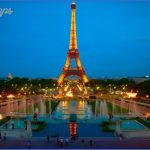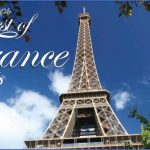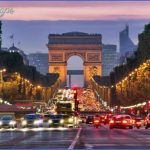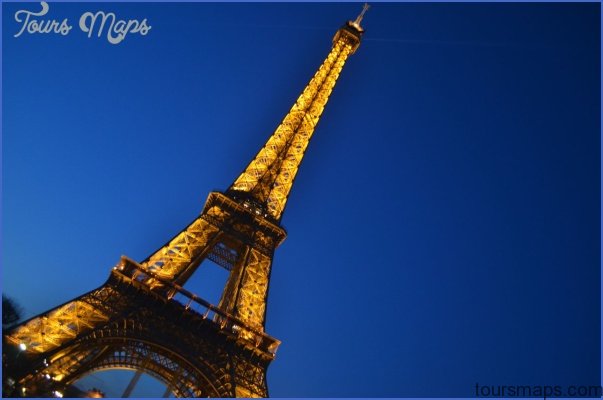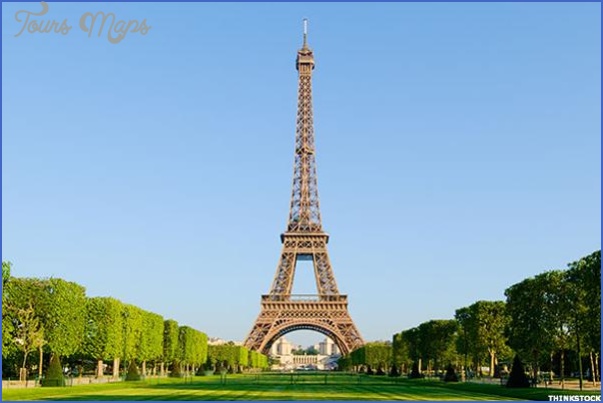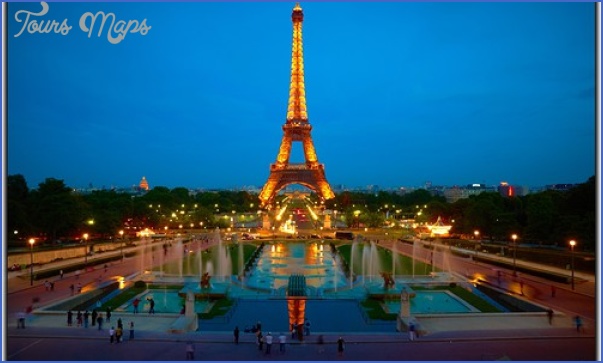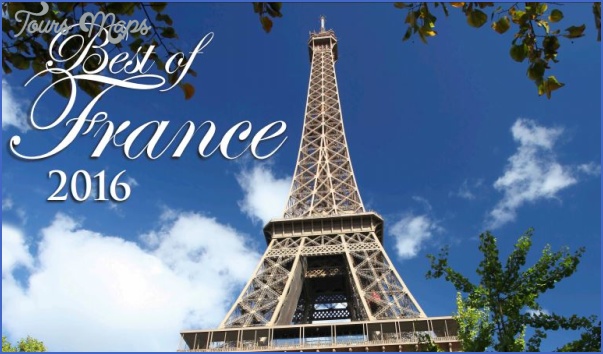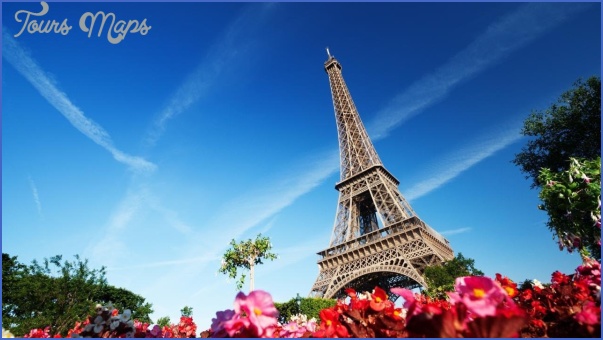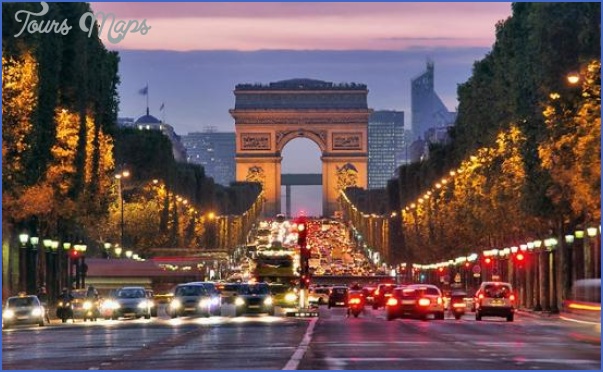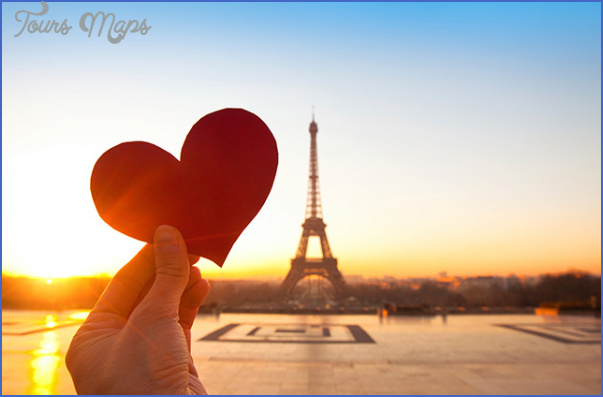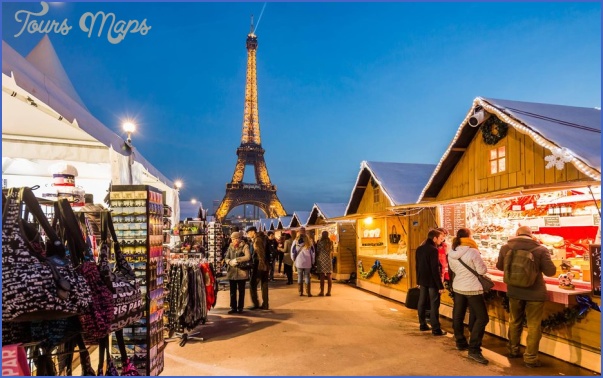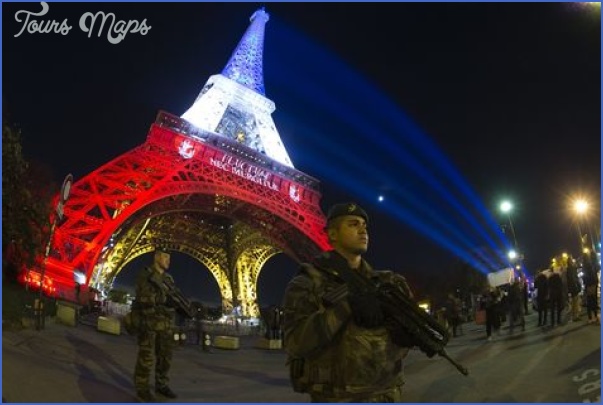The Ei el Tower, among the most photographed edifices in the world. You can wander along the riverbank, hand in hand with your special person, watching the bateaux mouches as they serenely move beneath the arches of the bridges. Or stroll through the gardens of the Tuileries, admire the lights of the city spread beneath you from the top of the Ei el Tower, or explore the cobbled passages, pavement cafés and tiny galleries of the Marais district. One of arguably the three most influential cities on the planet, alongside London and New York, it’s a destination favoured by foreign tourists as well as by visitors from elsewhere in France – Reims, Rouen or Nice. Its residents come from diverse backgrounds, ethnicities and faiths. But there’s something else here, too, I notice, this time.
Let me go back a step. WE’LL ALWAYS HAVE PARIS There’s the Paris of tradition – rive droite (on the right bank of the Seine) the Champs-Elysées, Notre Dame, the Place des Vosges, the Louvre, rive gauche (the southern bank of the river), the Panthéon and the Latin Quarter (named after the students who used to learn Latin at the nearby university of La Sorbonne) – the city that for centuries has seduced musicians, artists, writers and designers. The cast of illustrious characters who have made a home, temporary or permanent, in the city’s rues and avenues is huge. It has hosted some of the most famous, infamous, celebrated and disgraced personages in history. Writer Oscar Wilde, exiled from England, came here to spend his last years at L’Hôtel, a few steps from the iconic Boulevard St-Germain.
Travel To Paris Photo Gallery
He wrote of it (then named L’Hôtel d’Alsace) that it was dirty and depressing. Today, revamped and elegant, it’s one of the most chic addresses in the 6th arrondissement. Pablo Picasso spent years (1936– 1955) here, living in the attic of the Hôtel de Savoie, where he produced some of his most important works, including the massive, powerful Guernica. If you’re a fan of Picasso – or of art in general – a visit to the Musée Picasso in the Marais district is obligatory. To reflect on the brilliant, truncated career of opera diva Maria Callas, visit 36 Avenue Georges Mandel, where she fled to nurse her (postAristotle Onassis) broken heart. Thinkers and intellectuals were drawn to its cafés, inspired to analyse, to discuss and to argue. You can sit at a table at the Café de Flore on the Boulevard St-Germain that was once shared by existentialists of the 20th century, such as Jean-Paul Sartre and the formidable Simone de Beauvoir. Author Albert Camus was a frequent patron of the nearby Café de la Mairie at Place Saint-Sulpice, as were American writers Ernest Hemingway and F Scott Fitzgerald. (A stroll among the tombstones of the Père-Lachaise cemetery in the 20th arrondissement gives you some idea of the legendary, the talented, the outcast and the heroic of Paris.
It’s a Visitor’s Book of note – buried here are story. It’s the location of Perfume, And then, there’s the Place de la Père-Lachaise cemetery the book by Patrick Süskind whose République – proud symbol of the narrative takes the aghast reader Republic and of French freedom through the streets of a chaotic, – which hosted the solemn, millionFrédéric Chopin, Victor Hugo, Edith dangerous and unruly city in the days strong march of support in the Piaf, Jim Morrison, Molière…) leading up to the Revolution. aftermath of the Charlie Hebdo tragedies in January 2015. PARIS, DARKLY ‘LA PROVOC’ If you have a yen to dip a toe into the These are some of the elements that PARIS, CONTINUED murkier waters of the city, that’s also tourists gleefully see. But there’s also an Love, compassion, dissent, insouciance there for the exploring. The catacombs, irreverent, cheeky spirit of something and a touch of ego – these, I discover, underground sewage canals and crypts like insubordination floating above the are the characteristics of one of the of Paris make up a sort of a disturbing roofs of Paris. Challenging the stu y, most compelling cities in the world. mirror image of its more glamorous the political and the entrenched is a city Yes, there is something in the face. For a grisly glimpse into the more sport.
Satire and freedom of speech – air. It’s the strong scent of history, macabre episodes in its past, you could and the ethical triumvirate of liberty, mingling with a whi of cynicism, visit La Conciergerie on the Île de equality, fraternity – are vigorously carried on a breeze of pragmatic and la Cité, which became an infamous promoted and fiercely guarded. forward-focused optimism. prison during the Reign of Terror Paris is the place where people take So. You could go to Paris to fall under Robespierre (‘Terror is nothing to the streets as a matter of right – in (even more deeply) in love. You could else than justice,’ he claimed). Be protest, revolution or celebration. make a stopover to stare, fascinated, at spooked by a peek into the cells in this Walk through the Place de la Bastille relics of its extraordinary history. ‘antechamber to the guillotine’, where to get a sense of the moment when Or you might want to join a unity aristocrats and other ‘enemies of the the French Revolution o cially march, alongside thousands of people PHOTOGRAPHS: SHUTTERSTOCK / SUPPLIED state’ such as Marie Antoinette were began on 14 July 1789 – when a mob who have a clear-eyed view of what held before being beheaded.
A long stormed the notorious Bastille prison it means to uphold the principles of list of names of its prisoners is there. to liberate political prisoners (and free speech, of community power, or A blade from the guillotine hangs on a plunder its weaponry). simply of being in Europe. wall… Wander to the Sorbonne, where And perhaps, enfin, amid the indelible Paris is also the ill-lit, menacing the student protests began in 1968, marks of this extraordinary city, you setting of Edgar Allan Poe’s tale, soon scorching through all of Paris might want to leave a unique, beautiful The Murders in the Rue Morgue, widely (and many other areas of France), and enduring mark of your own… regarded as the first modern detective rea rming the spirit of anti- Nous sommes Paris? establishment and changing the social You bet. £ La Conciergerie landscape for decades to come. The majestic Place de la Concorde – the site where the French king Louis XVI, his queen Marie Antoinette and countless noblemen were guillotined during the French Revolution – in more recent times has witnessed .CO.ZA mass joy, like the jubilant crowds that turned out to celebrate the liberation of Paris in August 1944.
Maybe You Like Them Too
- Former Brothel Paris
- August on Paris
- Getting around of Paris
- Chocolate Paris
- Chemin du Montparnasse Paris



